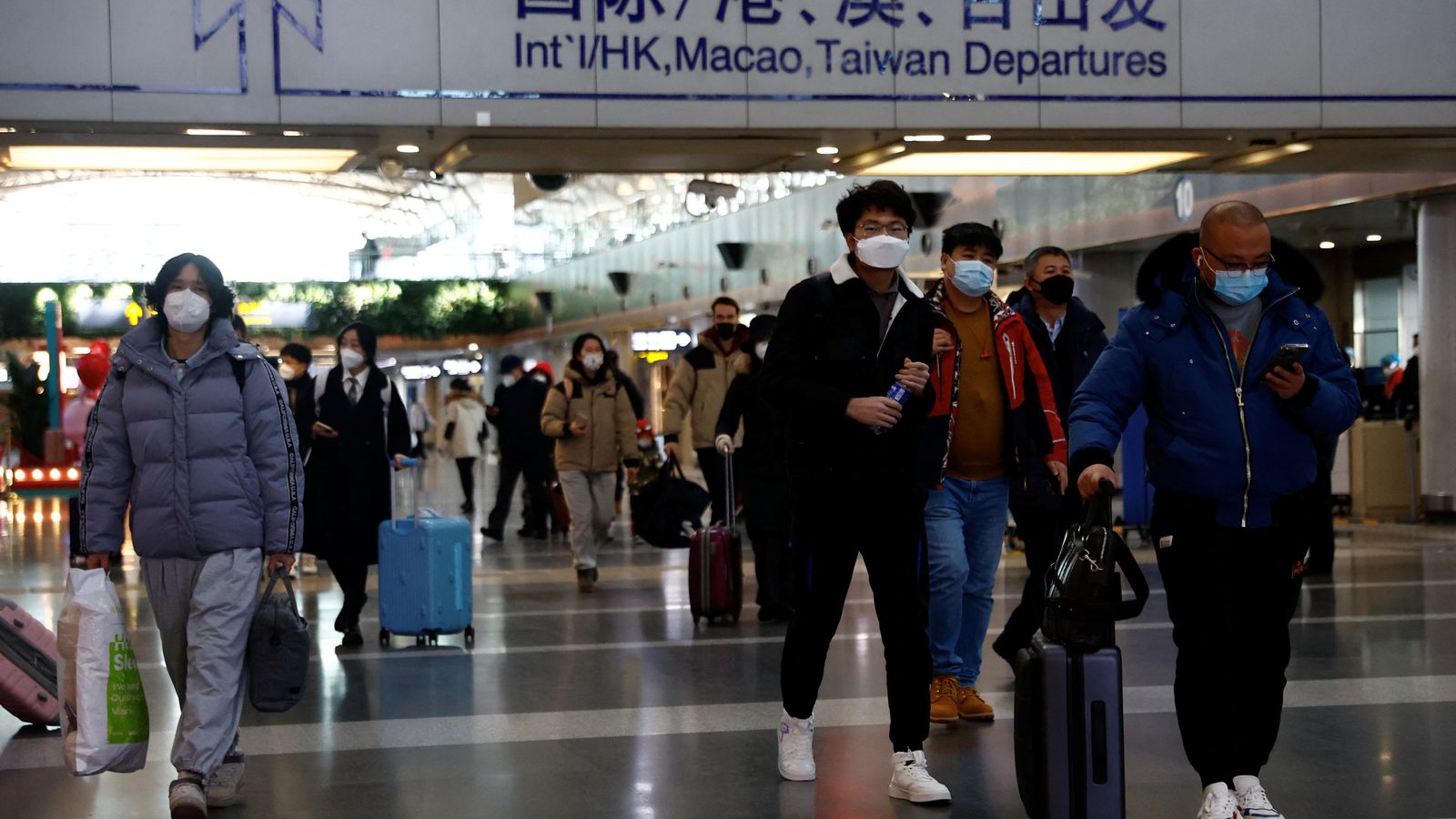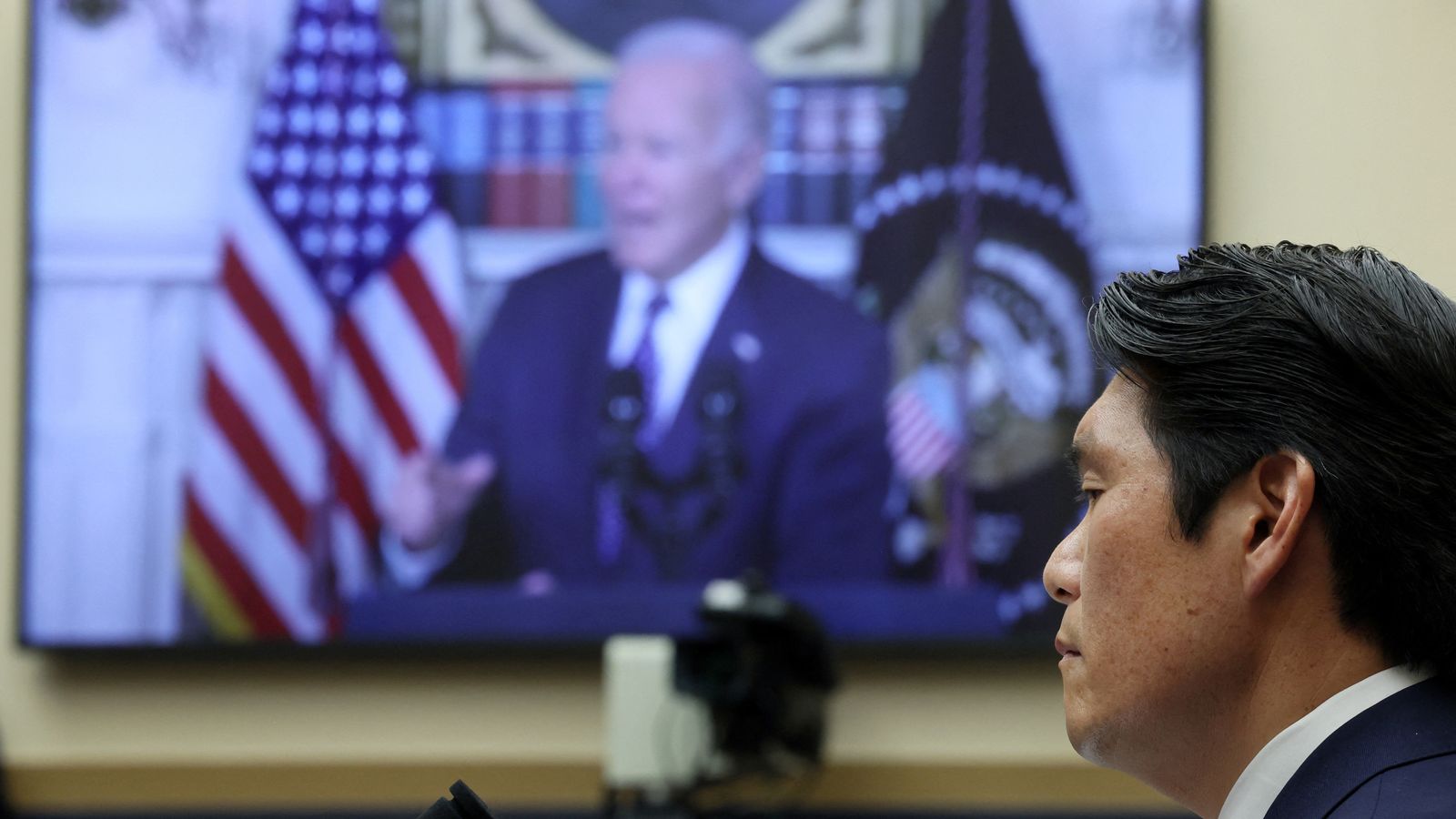The latest changes to how China is classifying and responding to COVID19 is yet more indication that there will be no going back on the government’s sudden and dramatic U-turn.
It hasn’t even been three weeks since the announcement first came that the pandemic response was being “optimised”, and it already feels like the vast majority of infrastructure and rules that governed China’s incredibly strict zero COVID policy have gone.
People no longer need to scan into public venues with health codes, get regularly tested or head off to a quarantine facility when they catch it.
The result is that the virus has swept through this country. It is estimated to have already peaked in Beijing with well over 50% of people having become infected in the last few weeks.
In this context, restrictions governing international arrivals no longer made sense, and neither did classifying the response as category A. Dropping them is an very strong signal the government really is committed to reopening.
The reasons are clear, economically zero COVID was absolutely hammering China, growth has dramatically slowed and hundreds of thousands of small businesses have been bought to their knees. The announcements that business travel visas will be eased is telling.
Please use Chrome browser for a more accessible video player
There were also the historic protests that swept China at the end of November – while they were probably not the key cause, they were likely a final straw of sorts for a regime that values stability above all else.
China to end COVID quarantine for international arrivals from 8 January
COVID R number: UK to stop publishing virus modelling data after nearly three years
COVID in China: Half of Shanghai’s population of 25 million ‘could be infected by end of next week’
The difficulty now for the government will be managing the huge wave of infections and deaths.
Read more:
China to end COVID quarantine for international arrivals
Accurate numbers are no longer being released for either so it is impossible to know how bad things are among a population with low levels of immunity and with roughly 60% of the over 80s not fully vaccinated.
But there is mounting anecdotal evidence that hospitals and crematoriums in some places are becoming overwhelmed.
Many argue China had time to better prepare for this moment and manage the reopening more gradually. The fact it did not perhaps indicates just how much pressure it was under.







